One to watch: Brazilian designer Danilo Reis’ altars are spiritually charged
The first Black Brazilian designer at Vienna Design Week presents ‘Ascensão’, a series of altars and objects exploring salvaged materialities and diasporic identities
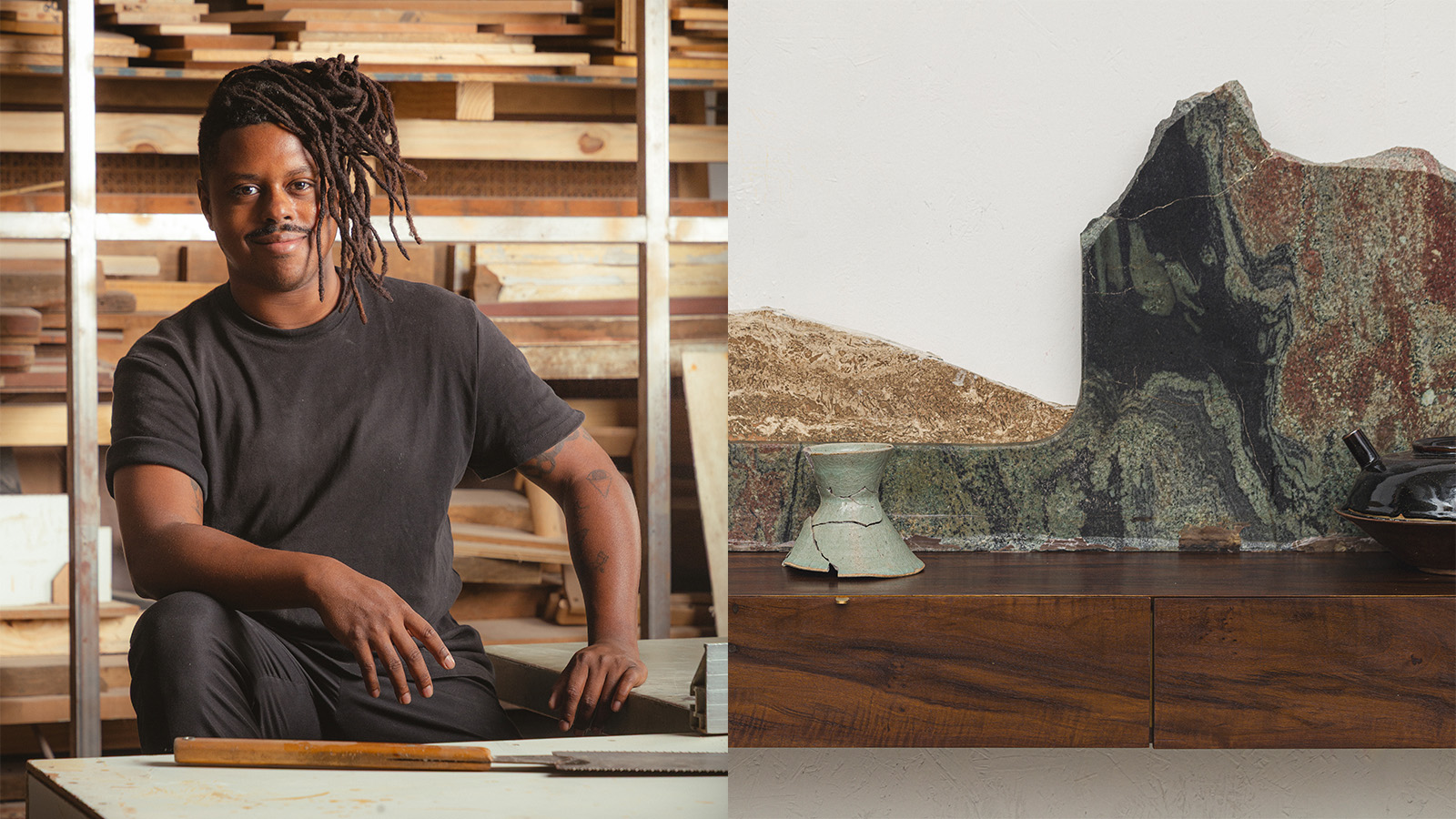
For Brazilian artist and designer Danilo Reis, the path into design didn’t begin with academic choice. Instead, Reis started out as a carpenter’s assistant at the age of 12. ‘It was rather an intimate encounter with materials and manual creation. I painted with oils as a child, and at 12, I became a carpenter's assistant – my second craft. Years later, while studying architecture, I rediscovered my passion for woodworking. I am certain that this early contact with these ancient art forms in my youth was crucial to developing my signature style.’
Today, Reis works at the intersection of visual arts and design, crafting handmade wood pieces. ‘These works carry within them elements that evoke memory and ancestry, forming the core of my artistic identity,’ he says. This is best seen in his new series, titled ‘Ascensão’, which debuted at Vienna Design Week 2025 (26 September-5 October), where he is the first Black Brazilian designer to participate.
Get to know designer, artist and teacher Danilo Reis
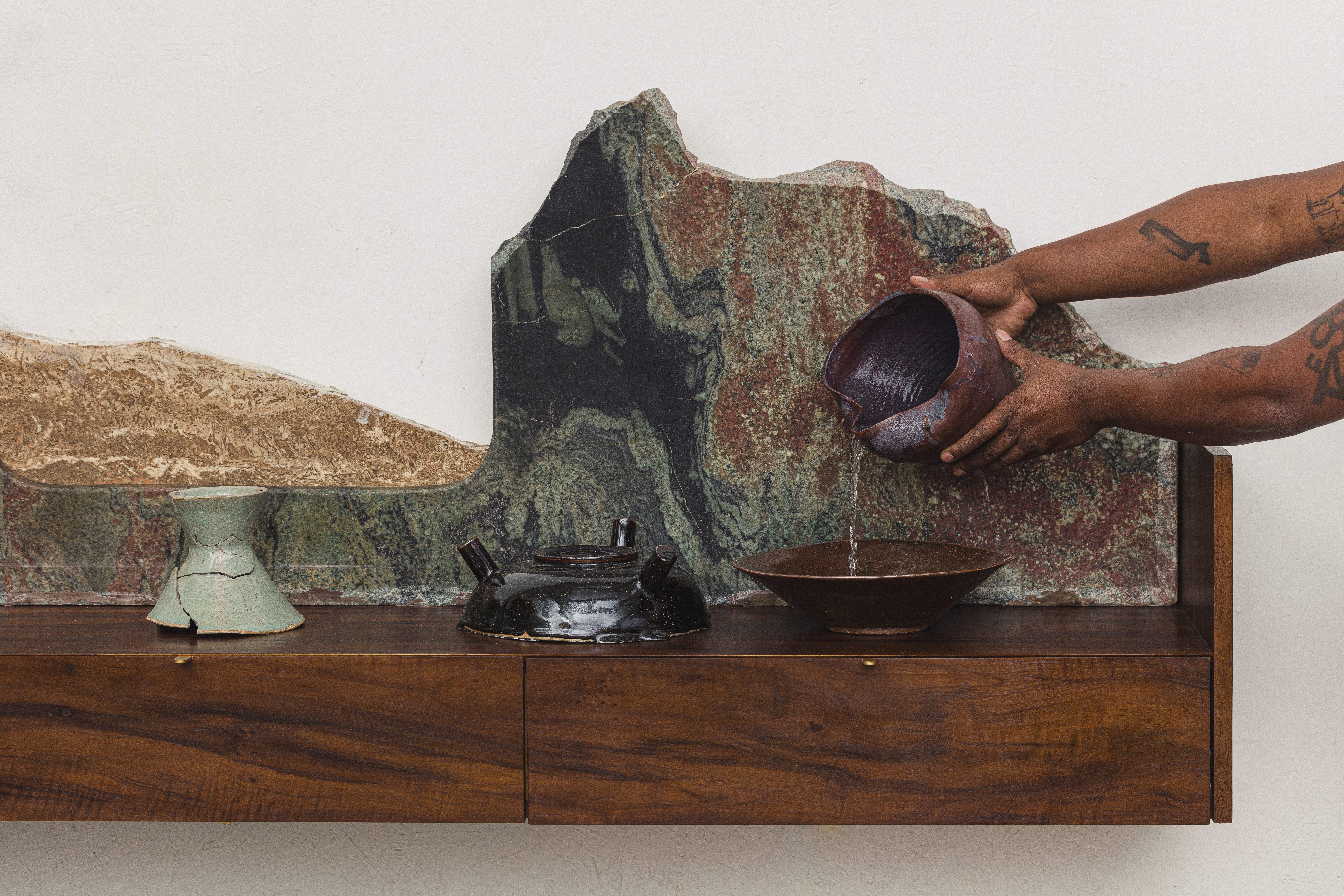
Reis was born in Penha, located in the eastern part of São Paulo, and descended from migrant families from Minas Gerais and Bahia. Moving on from carpentry as a child, he went to architecture school, and later founded AYO Escola de Marcenaria (AYO School of Carpentry). At the forefront of his designs is a connection between ancestry and contemporary creation.
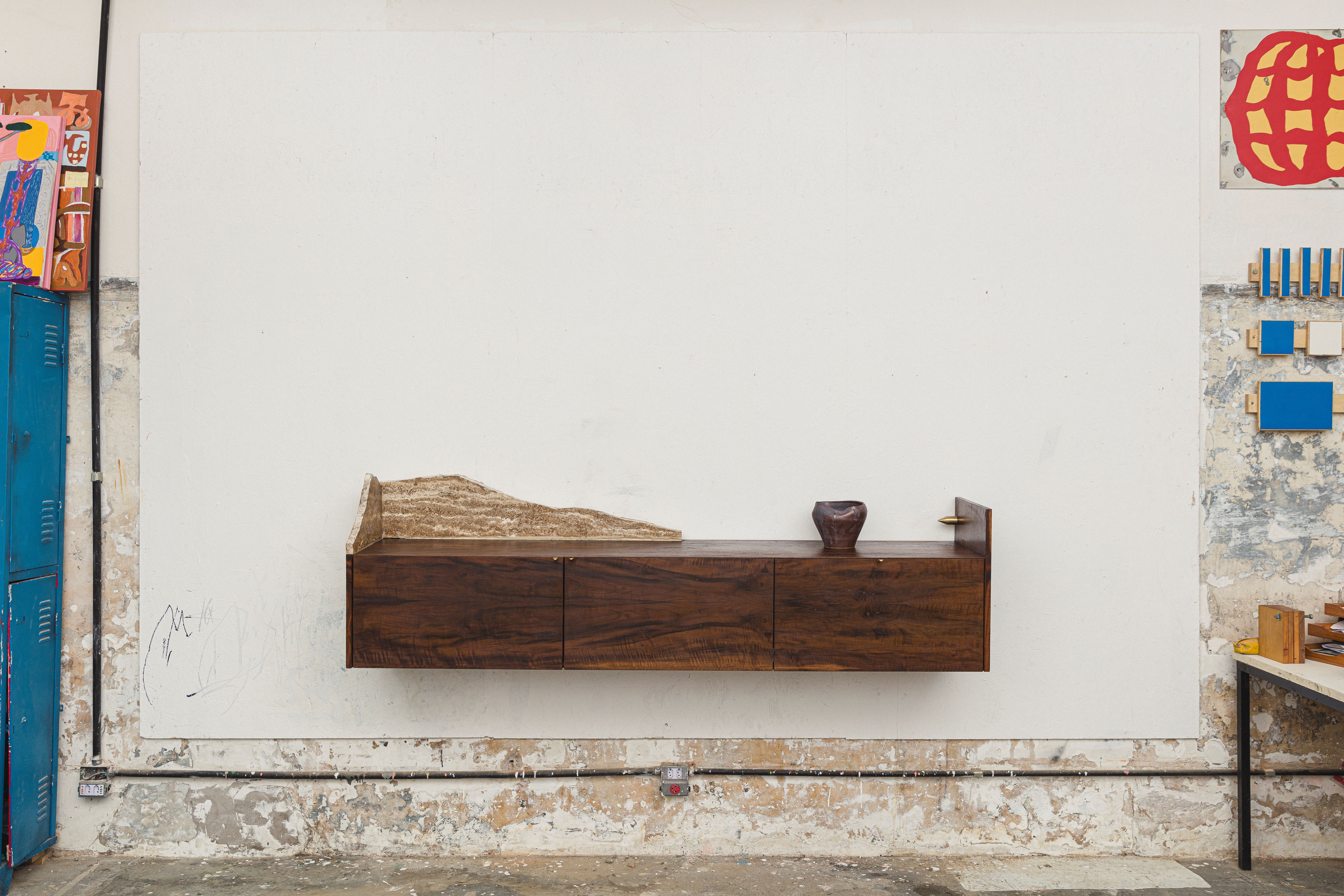
For his ‘Ascensão’ series, the word itself – meaning ‘rise’ – was a starting point. ‘It’s an invitation to materialise concepts,’ says the designer. ‘My inspiration comes from many sources: nature and the forces that act upon materials, architecture and its morphologies, and the ritualistic dimension that breathes life into the everyday.’
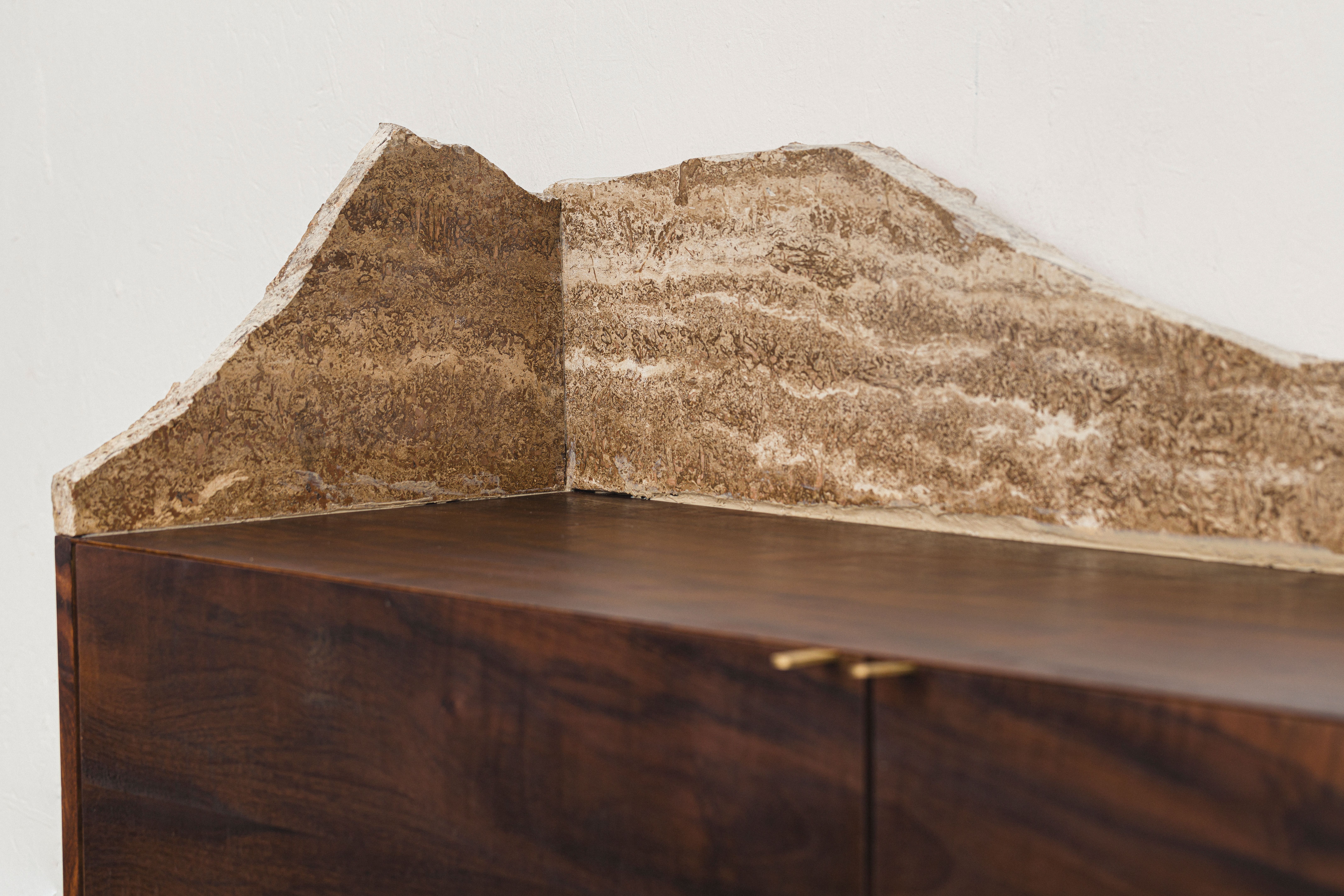
The collection comprises altars crafted from salvaged materials such as wood, stone and ceramics, and described by Reis as having ‘spiritual power’ and prompting ‘decolonial discourse’. ‘I believe spirituality was, and still is, a source of strength for the victories that the children of the African diaspora in the Americas achieve daily. I see this force manifest in all the acts we materialise, especially in the work of our people.’
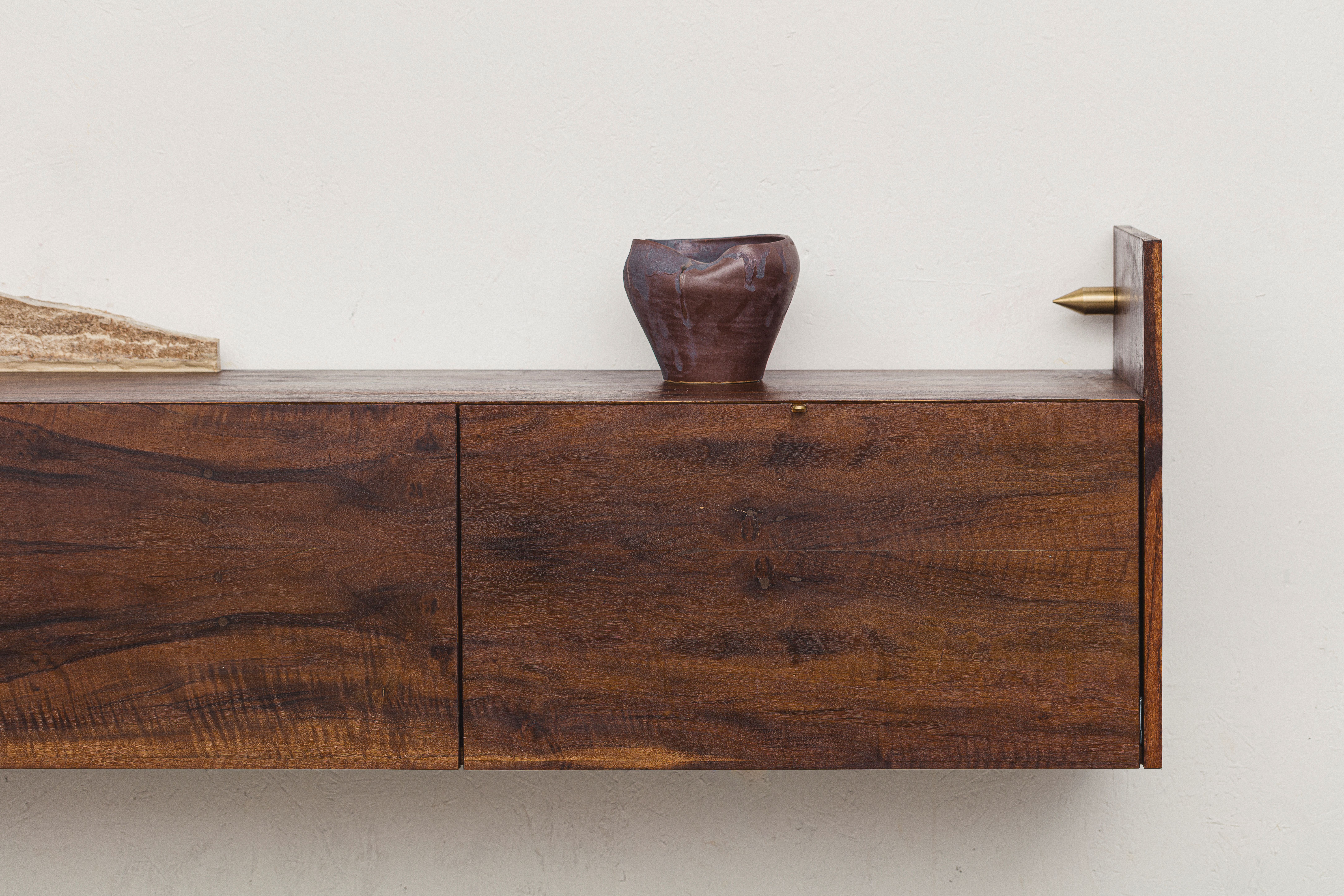
The creative process encompasses three stages. Reis researches materials to salvage, deliberately using wood together with fragments of tools. ‘[These are] elements from the material base of society,’ he says, and he aims ‘to erect altars that celebrate this very heritage. I am reinscribing into the material world the presence and power of the energy that was offered to these elements.’
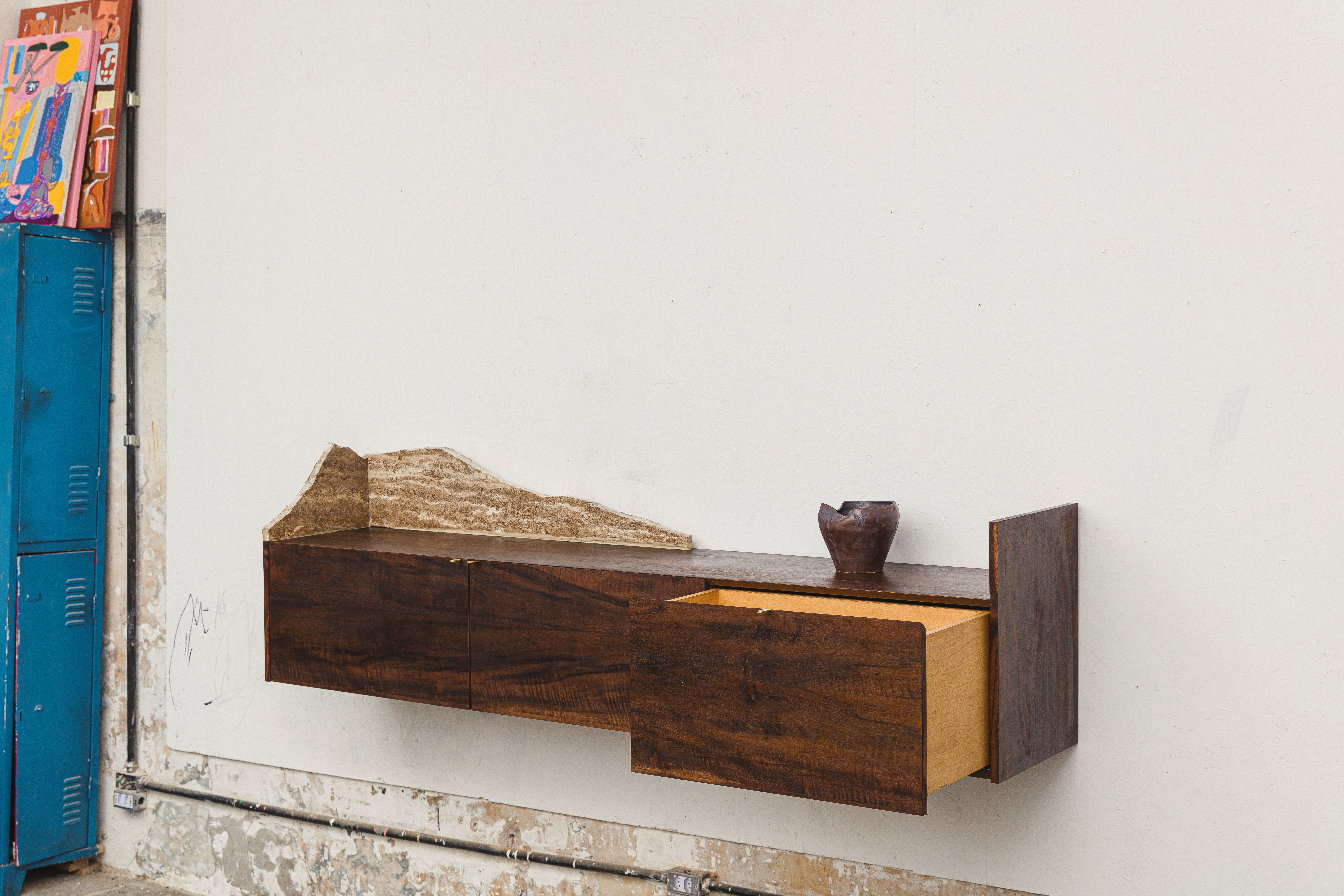
Next, he uses his carpentry skills to build the altars, which take the form of cabinets. But it's the final step that is perhaps the most intriguing. Reis conducts ritualistic performances to spiritually charge each piece. 'This final stage is the moment the piece ceases to be an object and becomes a vivified altar,’ he says. ‘It is an intimate moment where I consecrate the piece, suggesting its use. '
Receive our daily digest of inspiration, escapism and design stories from around the world direct to your inbox.
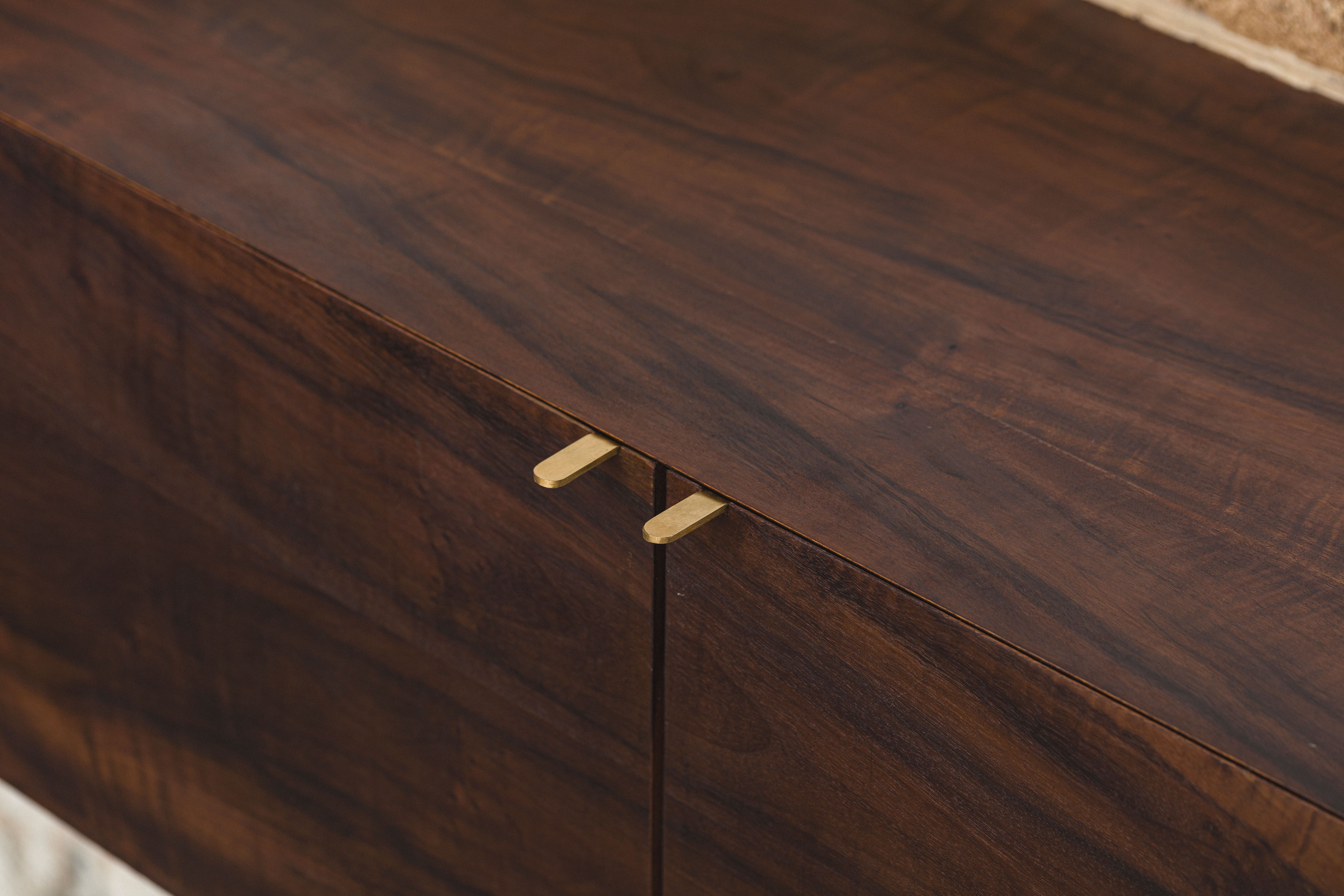
For the designer, it is important that his work taps into the ‘energy’ of the user. ‘I believe this is one of the great lessons that traditional peoples can offer us, in contrast to the massification of design, which suggests that thousands of people can use the same pieces in the same way. In this performance/ritual, I incorporate elements that complete the assemblage and carry a great symbolic and energetic charge.’ He likens this charge to that imbued in family photographs, or candles or water used in religious rituals.
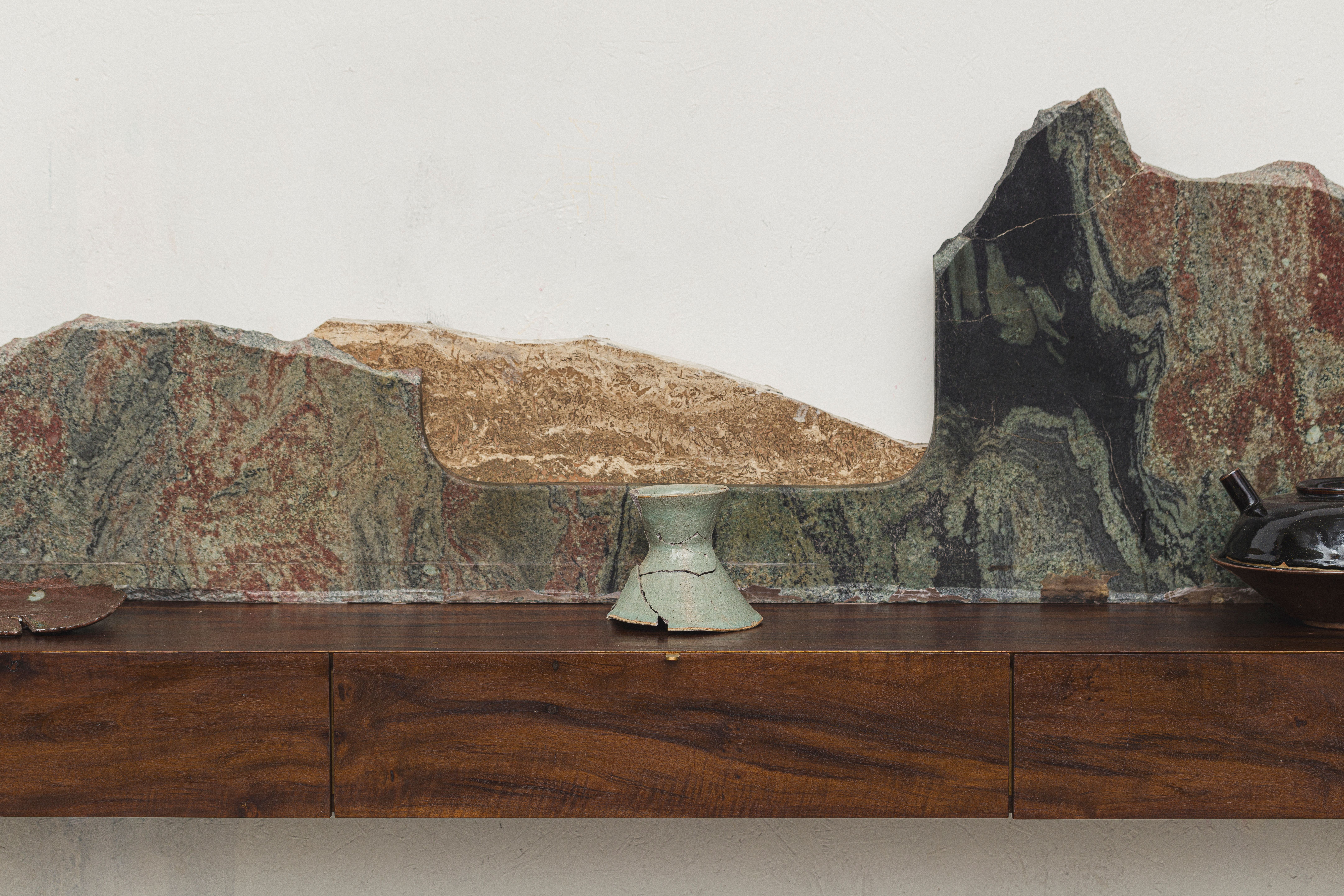
Ultimately, Reis wants users of his work to feel at home with and be able to connect with his pieces, thanks to their materials, the signs of their making, and the performances conducted. ‘It is deeply satisfying to imagine people creating new ways to connect, both physically and spiritually, with design pieces.’
Tianna Williams is Wallpaper’s staff writer. When she isn’t writing extensively across varying content pillars, ranging from design and architecture to travel and art, she also helps put together the daily newsletter. She enjoys speaking to emerging artists, designers and architects, writing about gorgeously designed houses and restaurants, and day-dreaming about her next travel destination.
-
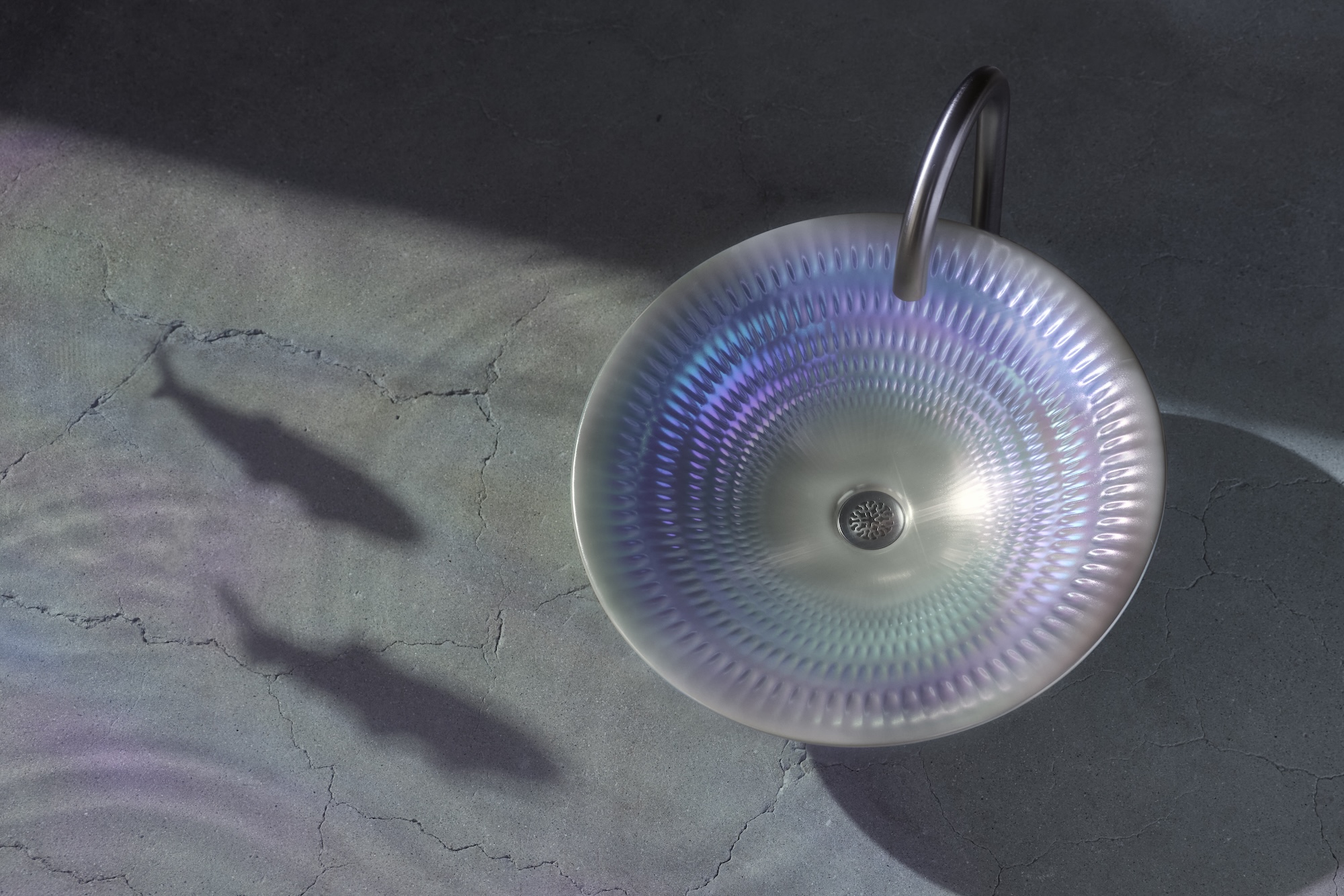 Kohler unveils ‘Pearlized,’ an iridescent new finish with an under-the-sea backstory
Kohler unveils ‘Pearlized,’ an iridescent new finish with an under-the-sea backstoryArtist David Franklin was inspired by glimmering fish scales and sunsets for this mesmerising debut
-
 The Met reveals its 2026 Costume Institute show along with another major milestone
The Met reveals its 2026 Costume Institute show along with another major milestoneThe First Monday in May just became a much bigger deal...
-
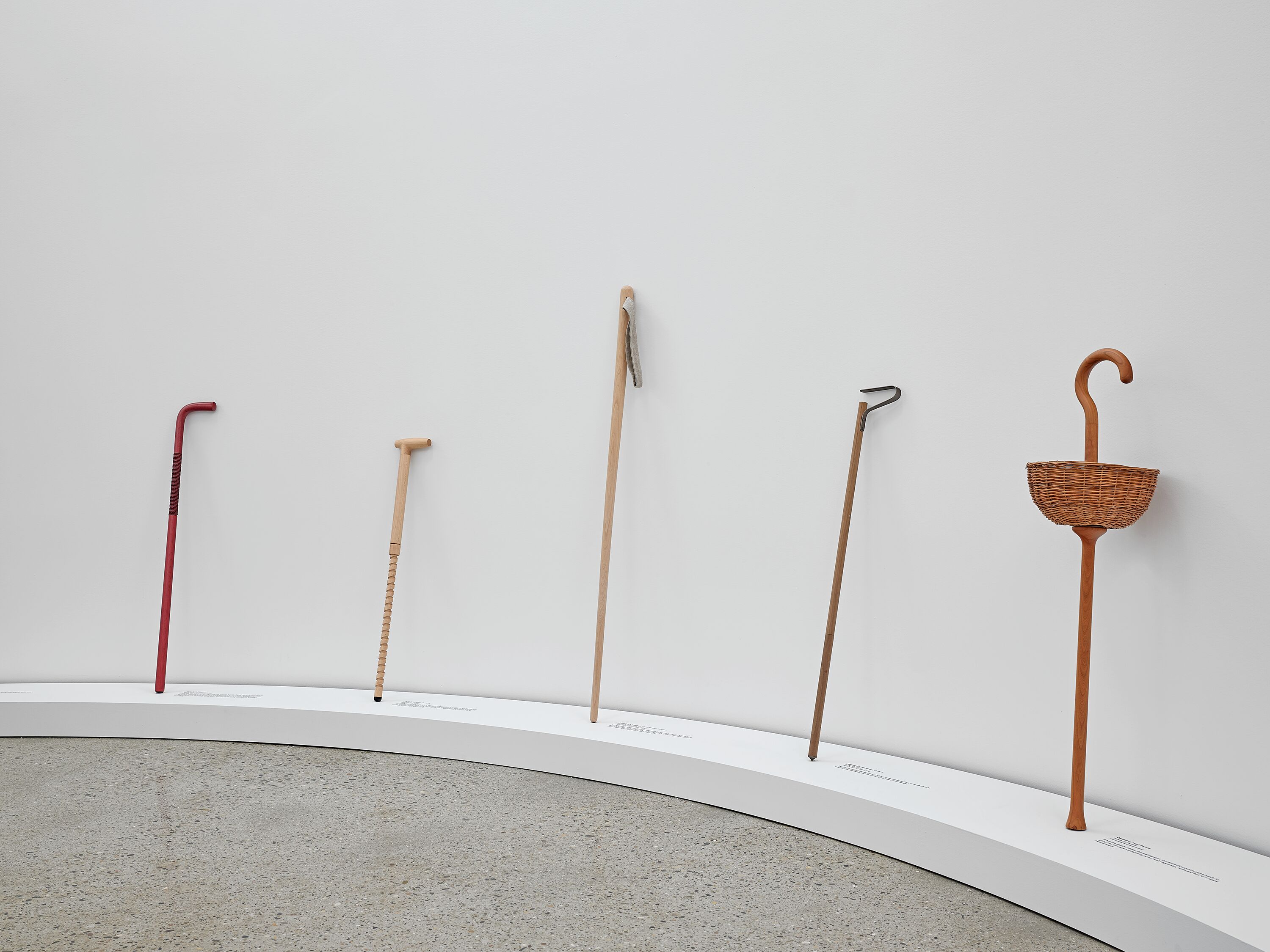 MillerKnoll's renovated flagship in New York opens doors to design experiences
MillerKnoll's renovated flagship in New York opens doors to design experiencesThe new MillerKnoll New York gallery space makes its debut with Keiji Takeuchi’s ‘Walking Sticks & Canes’ exhibition, supported by Triennale Milano
-
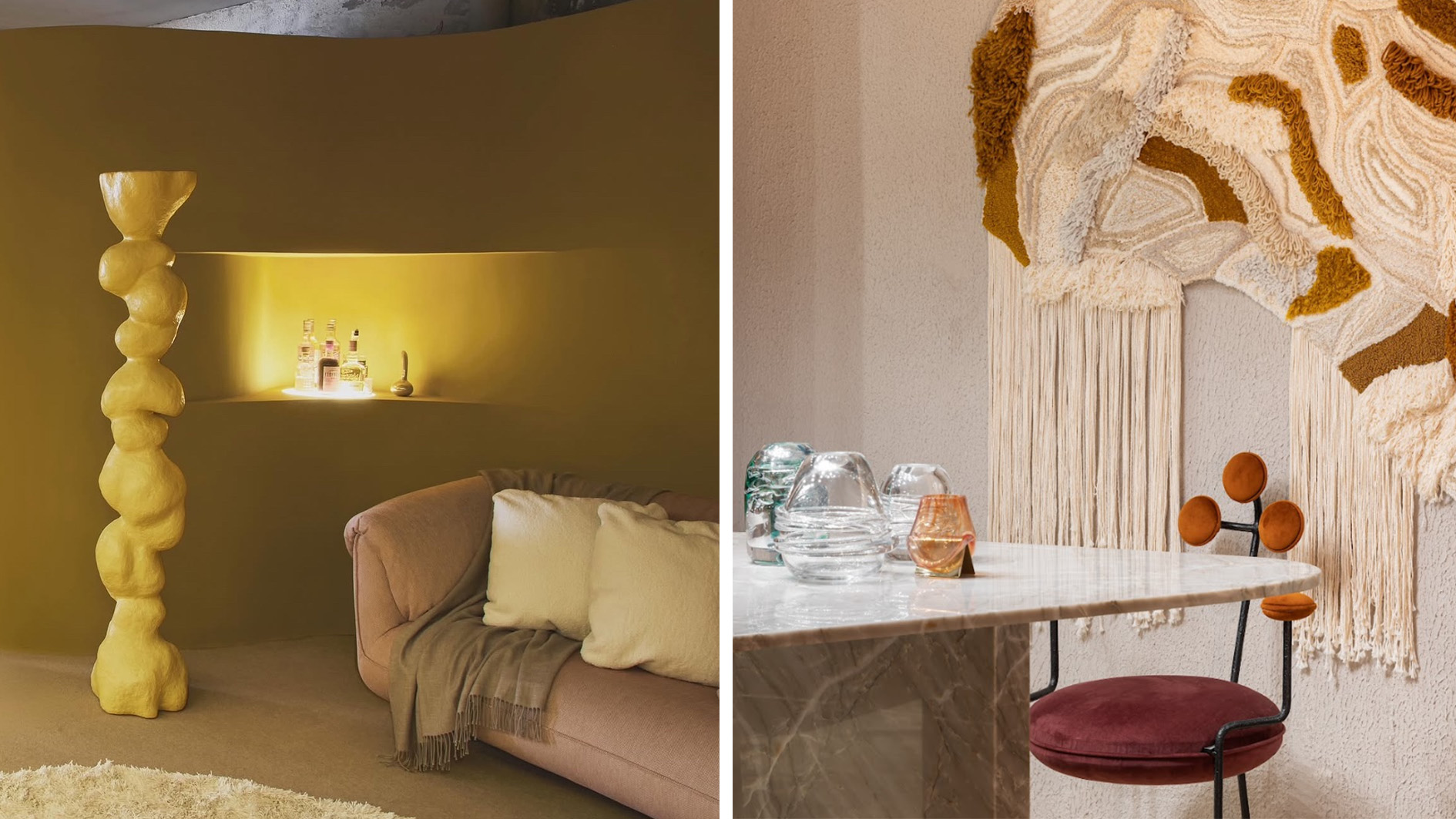 Brazilian design has a new home in London
Brazilian design has a new home in LondonTomorrow (October 16 2025), JIG Studio lands in London. The design collective will serve as a gallery, retail destination and cultural platform for Brazilian creatives
-
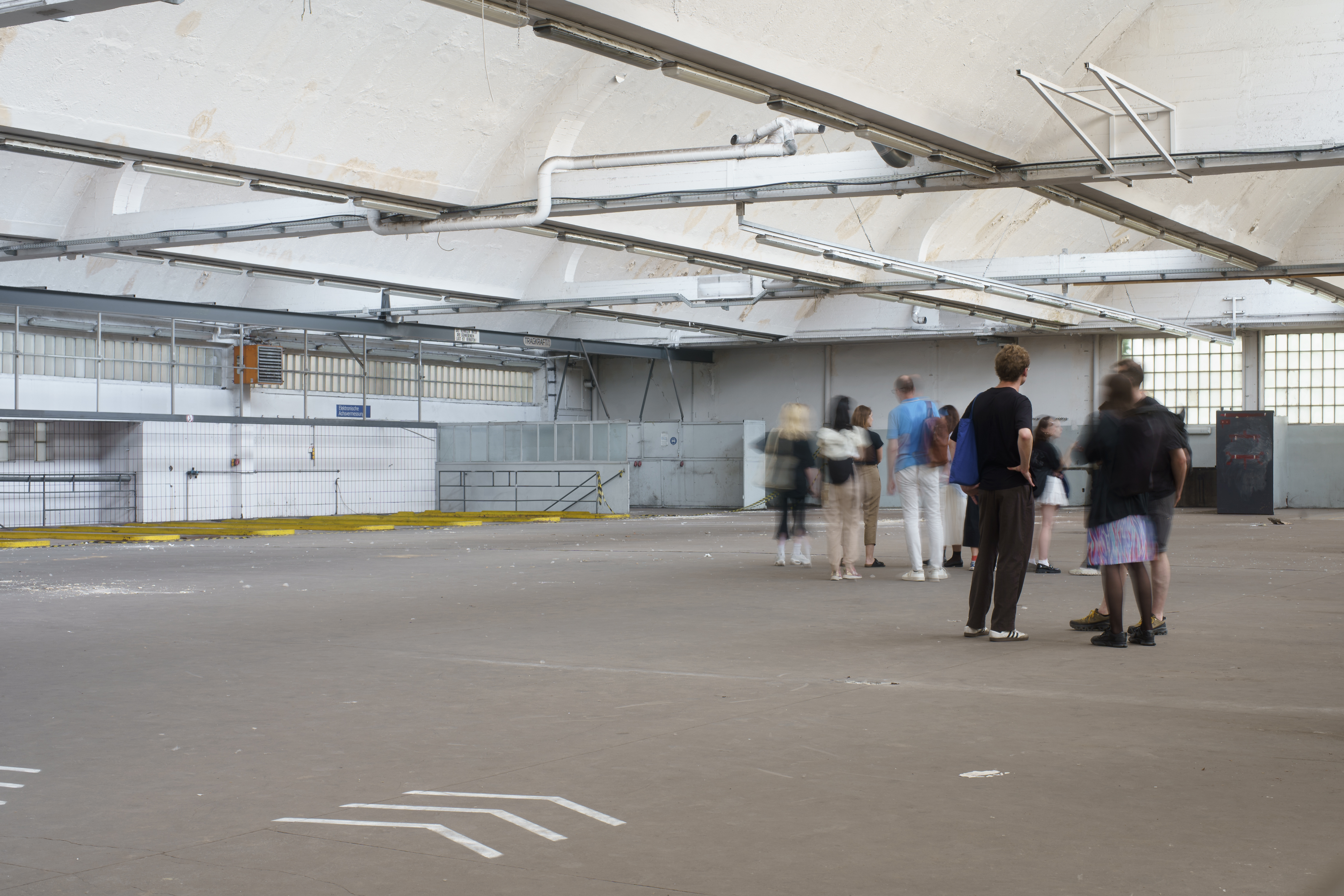 Vienna Design Week 2025 is a pit stop for the future
Vienna Design Week 2025 is a pit stop for the futureVienna Design Week (until 5 October 2025) continues its nomadic journey – revisiting forgotten spaces, rethinking ageing and tradition, and exploring what design means in a world defined by movement and change